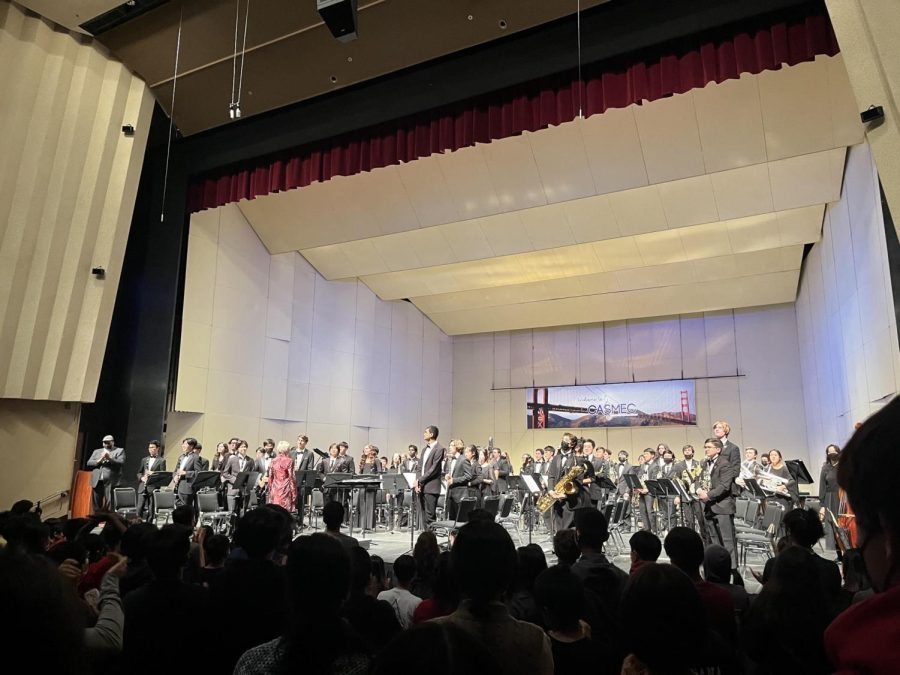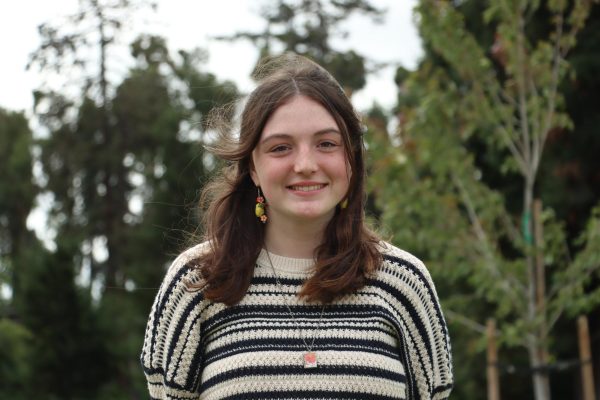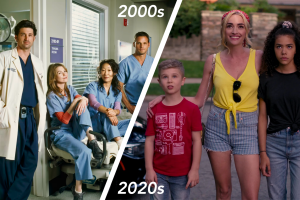Seven Burlingame musicians selected for California All-State Ensembles
Two Burlingame Musicians performed in last year’s California All-State Music Education Conference. Last year, the conference was held in Fresno, the same location this year’s CASMEC will take place.
February 6, 2023
Among the several thousand student musicians across the state who auditioned for the 2023 California All-State Ensembles, there were 12 Burlingame students. This year, seven of the 12 were selected to be a part of the ensembles — the school’s highest number of accepted students in history.
Three students from Aragon were also selected, making a total of 10 students from the San Mateo Union High School District (SMUHSD) who will participate in the ensemble performances. The selected students will travel to Fresno, California from Feb. 15-19, to rehearse and perform at the 2023 California All-State Music Education Conference (CASMEC).
Auditions for the ensembles were open to any band or choir students. Band members sent in a recording of them performing four scales, and the same music piece for each instrument.
“I spent a lot of time reviewing the music by listening to other musicians play the selected piece, while trying to perfect it,” said junior Nico Trejo, who was selected for the wind symphony ensemble as a euphonium player.
After sending in the performances, band students were notified with their audition results right before the new year started.
“I had to play a famous sonata composed by George Handel, and scales. And so I just practiced a lot and then I recorded myself and I sent in my tapes, then I heard back in late December,” said senior Audrey Limb, who plays oboe and was selected for the high school symphony orchestra.
While band students submitted audition tapes, choir students had to audition in person in October. For their performance, they selected one of the multiple songs that the organization offered and participated in sight reading.
“They just are testing how good you are at reading music, and also they just try to test how high and low you can sing, and that’s how they determine voice part,” said junior Angelyn Liu, a soprano who was chosen for the Soprano, Alto, Tenor, Bass ensemble (SATB).
The process of getting selected for the choir ensembles was slightly more complex than the band.
“The pipeline for choir is that they first do regionals and then they do all-state. So first I got placed into the coastal region honor choir. And then from there, people indicated whether they wanted to be considered for all-state or not,” Liu said. “And they use your score from your audition to determine whether you can go into all-state or not.”
With the large number of auditioning students across the state, qualifying for all-state becomes extremely competitive. To help expand options, the CASMEC introduced a new ensemble this year.
“This year they added a new ensemble, which I think helps more students get in because [the organization] was basically more inclusive,” Limb said.
Even if students were not selected for the ensembles, the audition is still beneficial to their musical experience.
“Also, the process is important, because after they finish auditioning, every student who worked on it, whether they get in or not, their musicianship has always improved because they put that much work into it,” said Kyoko Yamamoto, music and choral director, who will be judging the performances.
But Yamamoto also testified to the unique experience that selected students receive.
“Selected students from all over the state come together and rehearse. Morning to late even after dinner, like all day, eight hours of rehearsing for about two, three days,” Yamamoto said. “And then they have a concert at night for those teachers to attend.”
Being a member of the honor ensembles doesn’t end after the performances — it also benefits students who intend to build a future within music, and connects them with those of the same interest.
“It’s really important so it can help my future, the way I want to go down that path of music,” Trejo said. “With this acceptance into all-state it allows you to meet other musicians and it’s a fantastic way to make new friends with the same interest in music.”
At the end of the day, every student and teacher who either auditioned or was selected for the ensembles put an incredible amount of dedication and effort into their work.
“I’m really proud of my students,” Yamamoto said.










































